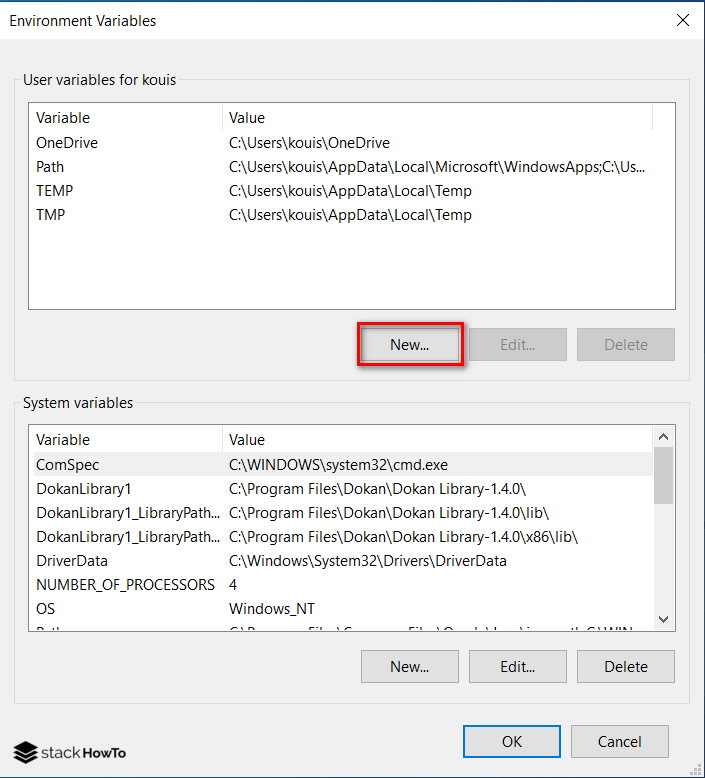

For Example: if we create a file object using the path as program.txt, it points to the file present in the. This function returns the absolute pathname of the given file object.If the pathname of the file object is absolute then it simply returns the path of the current file object. Split and replace can be very handy is such situations.īelow is examples with all possible examples about for getting file name, full file path, file type: import java.io. The getAbsolutePath () method is a part of File class. Using it you can access the properties of the files/directories such as size, path etc. Since this method returns the objects of each file/directory in a folder.
Java get file path directory how to#
In this tutorial, we'll learn how to get the current working directory in Java with, java.io.File,, and . The ListFiles () method This method returns an array holding the objects (abstract paths) of all the files (and directories) in the path represented by the current (File) object.

Finding extension, file name, parent folder and full path can be tricky unless you are prepared. It's an easy task to get the current working directory in Java, but unfortunately, there's no direct API available in the JDK to do this. Mark's comment is a better solution than lastIndexOf (): file.getParentFile ().getName () These solutions only works if the file has a parent file (e.g., created via one of the file constructors taking a parent File ). First, construct a File representing the image path: File file new File (a) If you're starting from a relative path: file new File (file.getAbsolutePath ()) Then, get the parent: String dir file.getParent () Or, if you want the directory as a File object, File dirAsFile file.getParentFile () Share. Common task of a developers is working with files and folders. Use File 's getParentFile () method and String.lastIndexOf () to retrieve just the immediate parent directory.


 0 kommentar(er)
0 kommentar(er)
